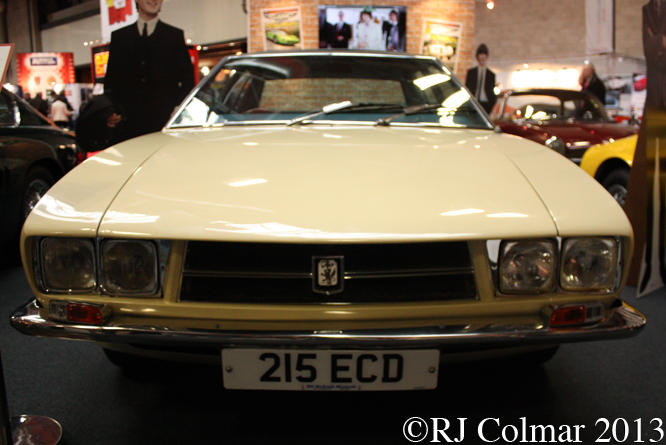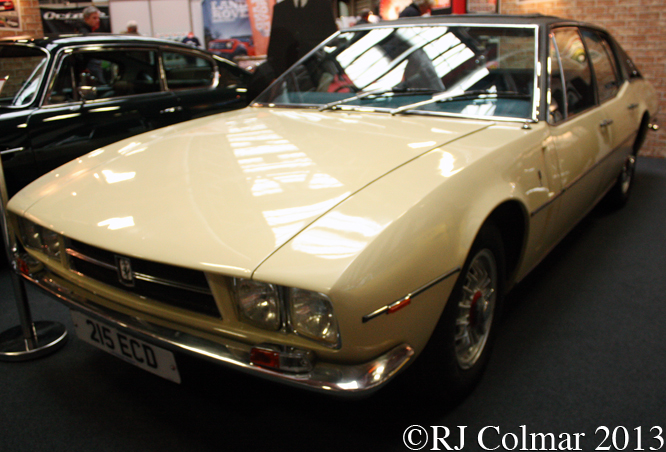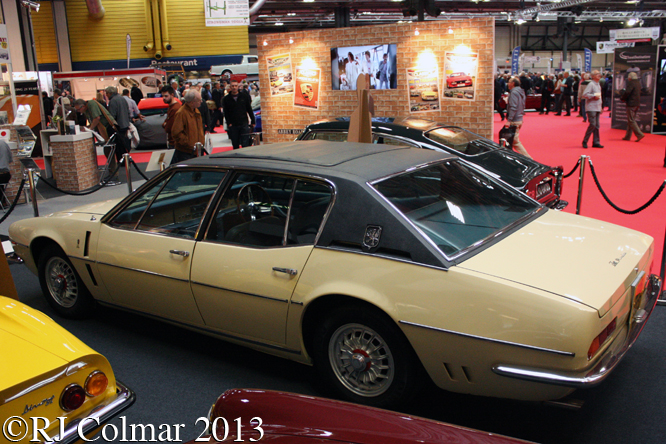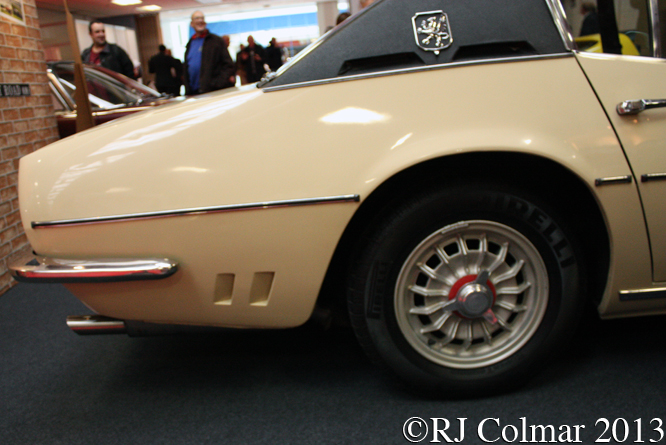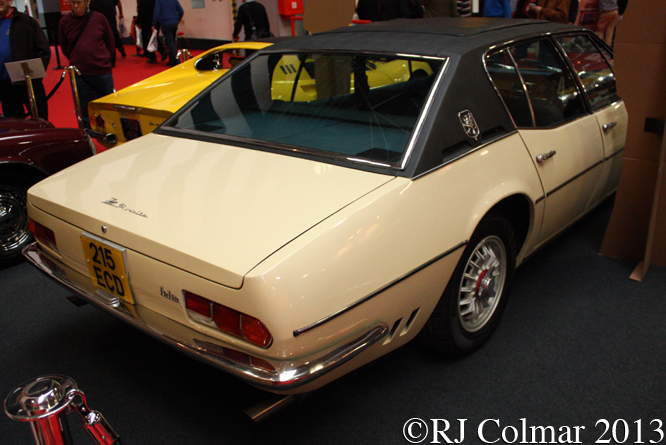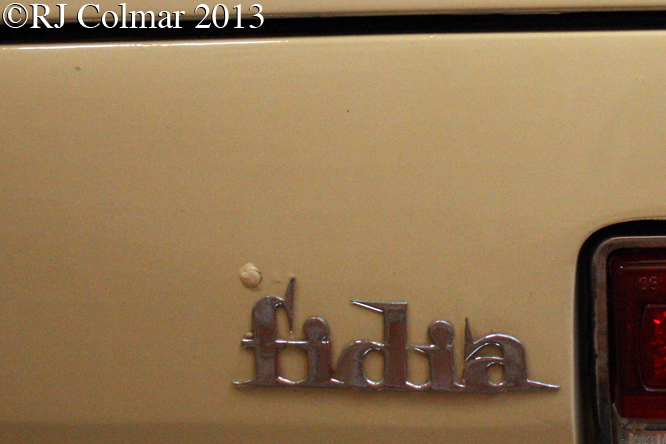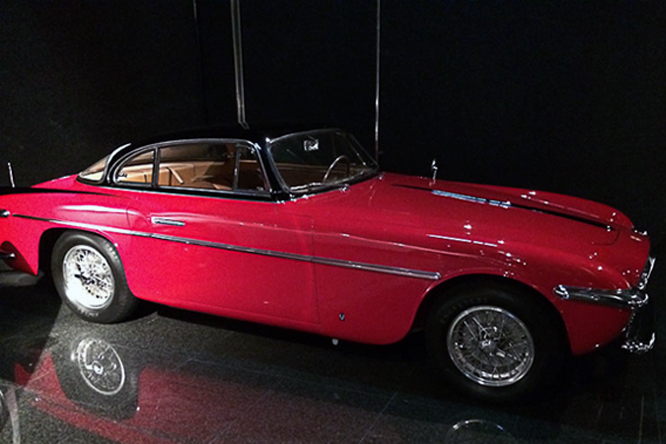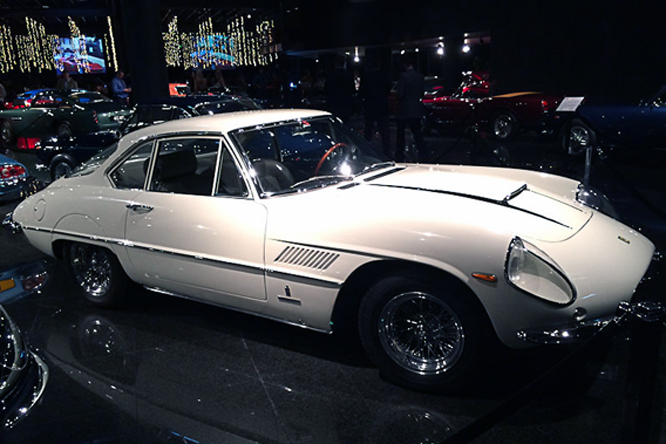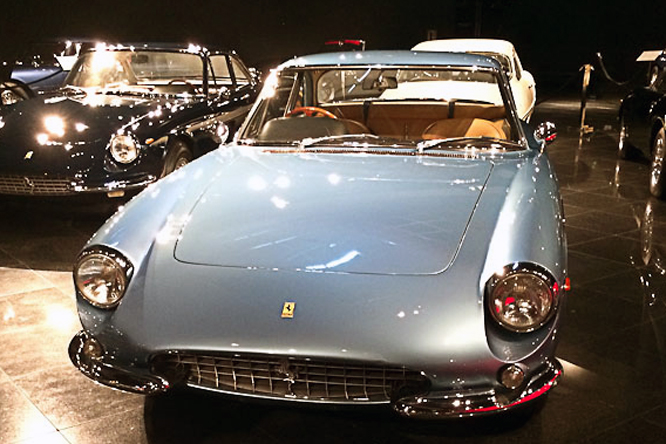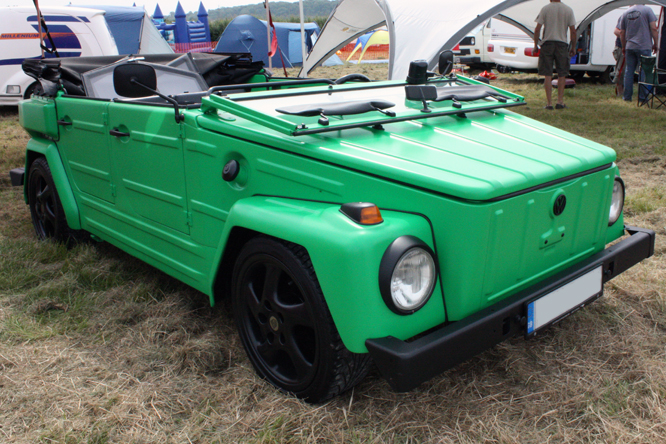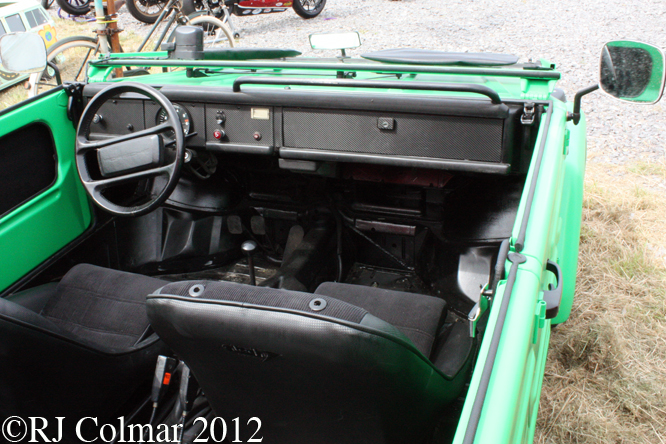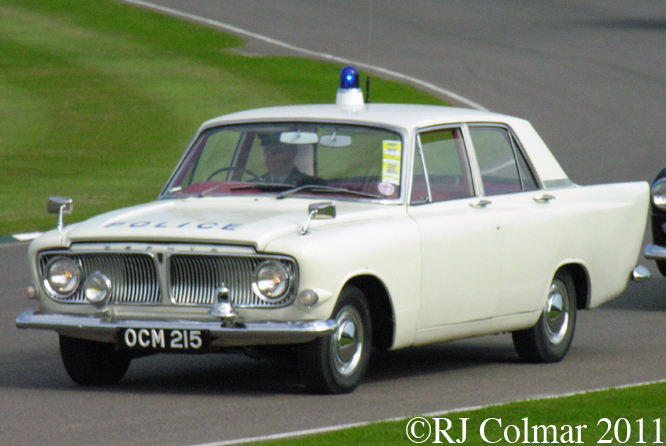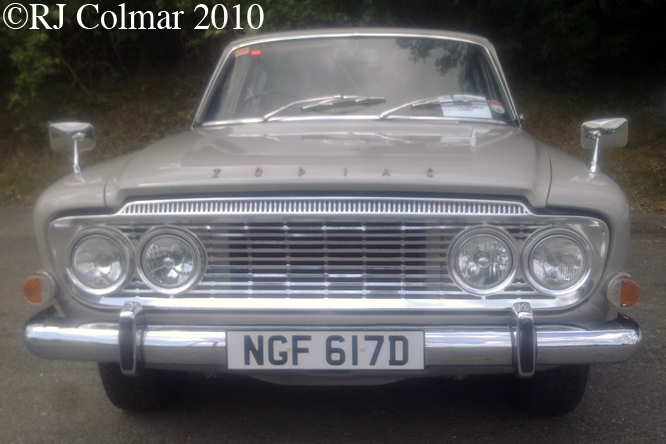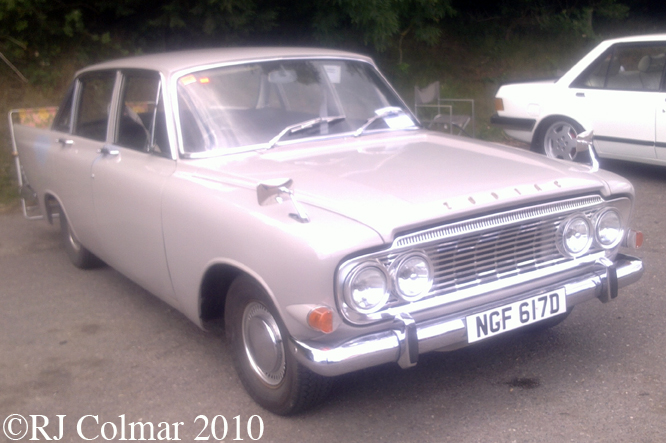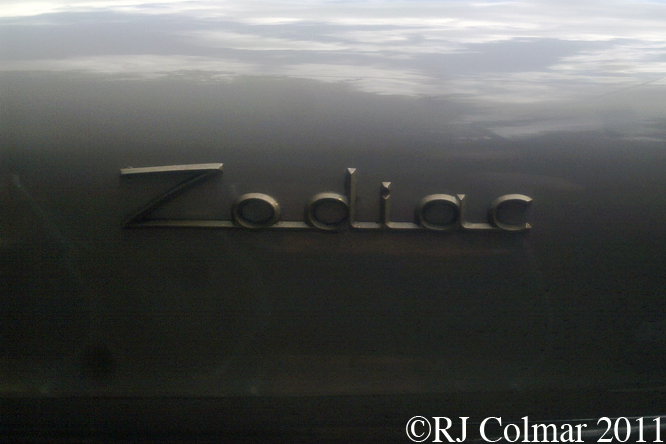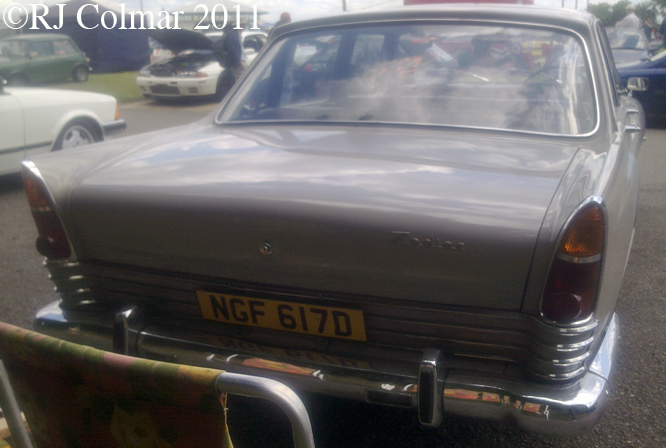Thanks to the generosity of Geoffrey Horton today’s images come from the 2011 Niello Serrano Concours held the weekend before last in the El Dorado hills of sunny California. Today I’ll be focusing on a fabulous array of American made convertibles seen at the show.
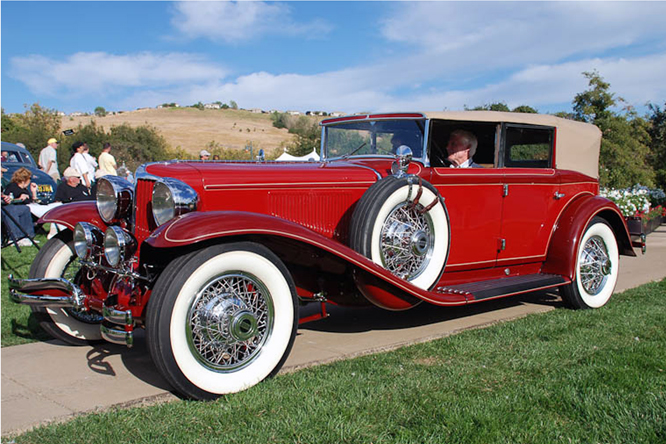
Vehicles manufactured by Cord Corporation were the feature Marque of the event so it was most fitting that grandson of the Cord Corporations founding father E.L. Cord should be seen here in one of the companies original models the 1929 Cord L29 Phaeton, which was the first US built front wheel drive car offered to the American public.
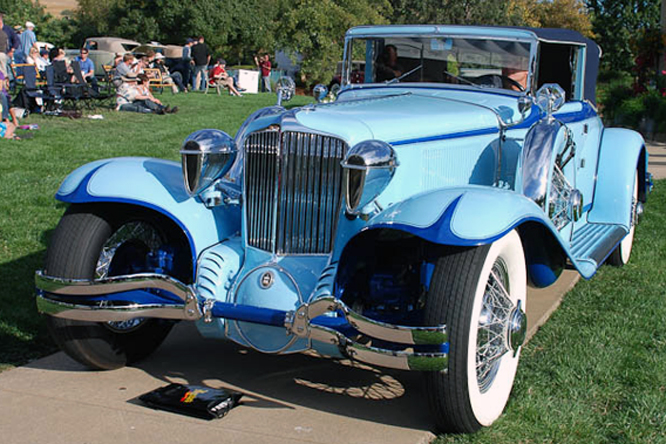
Of all the photo’s that Geoffrey sent to me this one of a 1930 Cord L29 Coupé with it’s bizarre, even by todays standards headlights and racy two tone paintwork, gets my nomination for car of the show. The front wheel drive L29 was the brainchild of Carl Van Ranst who had previously worked on the successful front wheel drive Miller open wheel racing cars that won that won the Indianapolis 500 on four occasions between 1926 and 1932.
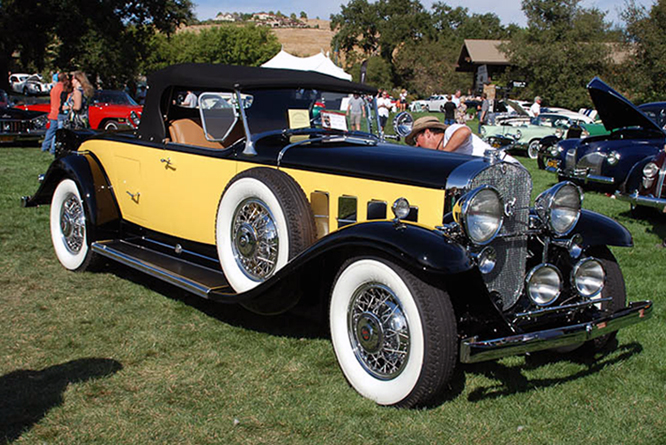
Continuing on a vaguely Indianapolis related theme Geoffrey tells me this 1931 12 cylinder Cadillac 370A Roadster, was an Indy pace car in 1931. It was pulled out of a barn and restored by the owner 18 months ago.
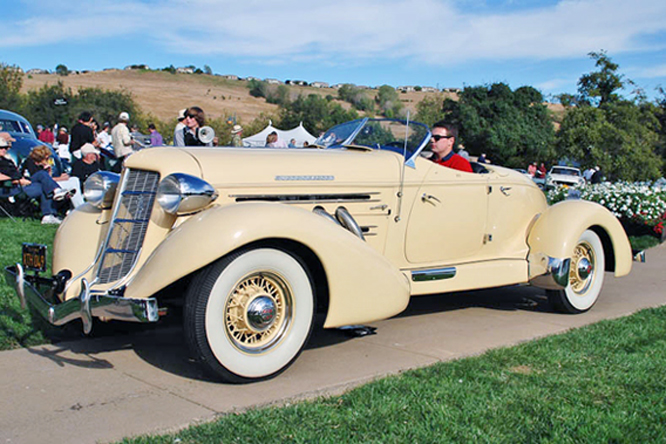
One, of many, things I have learned thanks to these photo’s is that Cord was a brand name of cars manufactured by Auburn a company that ueber salesman E.L. Cord turned around during a leveraged buyout, above is a 1935 Auburn 851 Boat Tail Speedster manufactured just two years before both names went bust in the wake of the Great Depression.
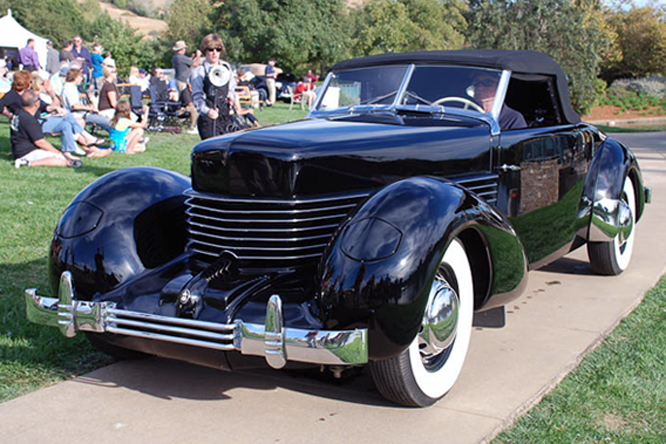
The last model developed by Cord was the headlight popping 810 which had onlookers standing on the running boards of rival manufacturers cars when it was launched in New York in 1936. Rushed development and production schedules meant it gained a bad reliability reputation. For 1937 front wheel drive Cord 810’s were rebadged 812’s and although they had ironed out all of the reliability issues of the previous year the 812 series could not save Cord from financially tanking. This 1937 Cord 812 Convertible Coupe is particularly rare, if I have understood Card lore correctly, it is one of only six that were ordered without the exterior chrome exhausts sticking out of the sides of the bonnet.
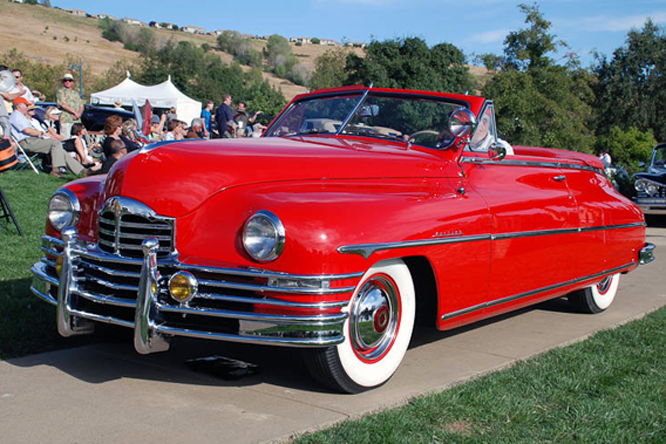
Despite the now give away giant bonnet ornament it took me a good half hour to work out that the car above is a 1949 Packard Super 8 Convertible with a pre WW2 bathtub body style.
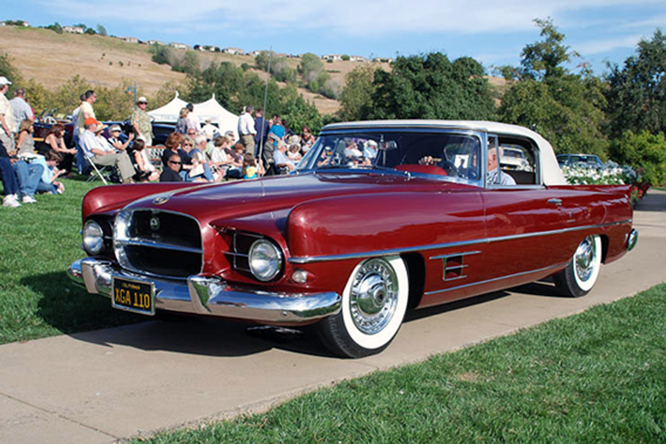
I’ll let you see if you can guess what this mystery car is before you reach the end of this blog, this car was highly rated by Time and Life magazines, Good Houskeeping described this model as a ‘social phenomenon’. Designed in Italy but not built by one of the ‘big three’ the car is said to have had 50/50 weight distribution about the axles and counted amongst it’s star owners Frank Sinatra, Dean Martin drove one in the film Kiss Me Stupid and Ronald Reagan allegedly lost his to President Lyndon Johnson in a poker game. This is one of the 99 cars built from 1956 to 1957 from a planned production run of 300.
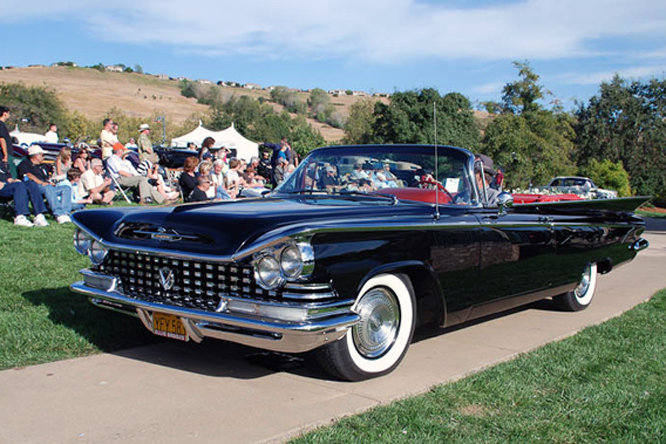
I know the designer of my all time favourite Formula One car is a fan of the 1959 Buick Le Saber Convertible all though he would probably prefer the Invicta version in bright red.
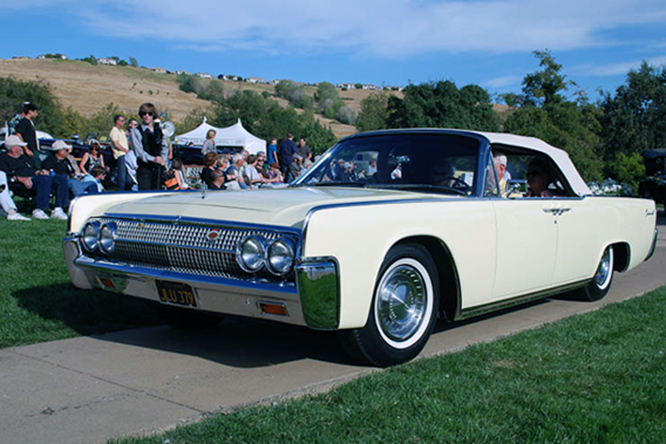
Representing the swinging, in the UK anyway, sixties at Niello Serrano were the slab sided 1963 Lincoln Continental Convertible with it’s rear suicide doors, which are all the rage at Rolls Royce these days,
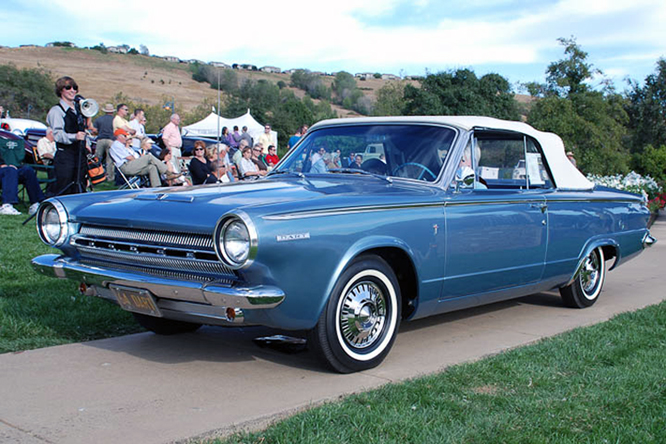
and the infinitely more modest 1964 Dodge Dart Convertible, which in optional automatic form had push buttons to select the gears.
The mystery car is the Dual Ghia, designed by Ghia in Italy and built by Dual motors in Detroit with Chrysler running gear.
My thanks to Geoffrey Horton for his excellent photographs without which todays post would not have been possible.
Thanks for joining me on this US convertible edition of ‘Gettin’ a lil psycho on tyres’ I hope you will join me again tomorrow when I’ll be looking at some of the Ferrari’s at Niello Serrano Concours. Don’t forget to come back now !
